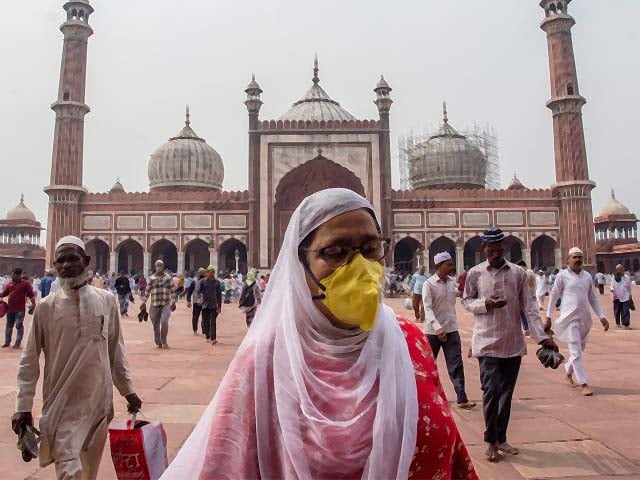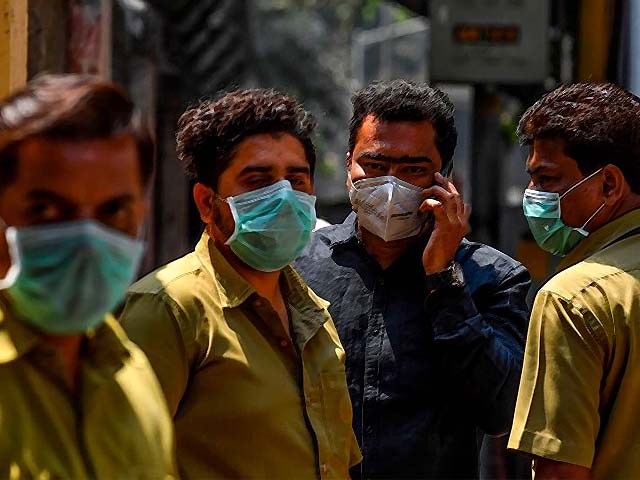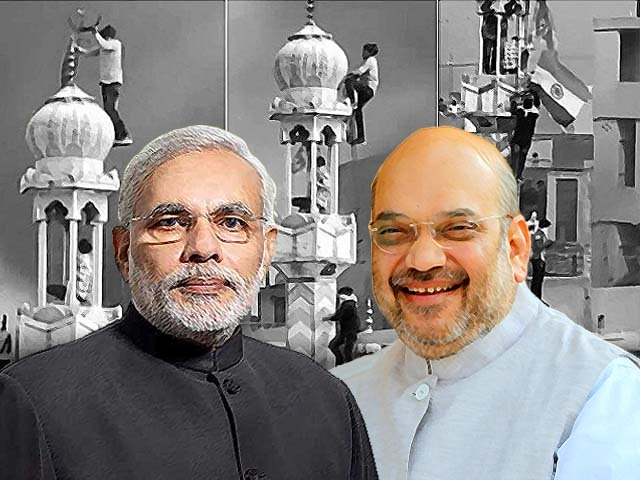
For us Indians, the Kartarpur Corridor represents hope
Imran has honoured the wishes of many people by ensuring that the corridor is ready for Nanak’s birthday...
The Kartarpur corridor shows that although the people of the subcontinent may have been divided by man-made boundaries, they still share a great deal of history and culture. It also demonstrates that political hostility between the two neighbours should never become subservient to the goodwill shared by people on both sides of the border. In that sense, the corridor is a corridor of possibility and hope. This development is all the more remarkable given that it takes place at a time when the hostility between India and Pakistan is at an all-time high. Currently, even the concept of potential dialogue between the two nations does not find any mention in the existing political jargon nor in the media discourse.
The Pulwama terror attack in February this year brought both two nations to the brink of war. The relationship since then has only nosedived. There was hope that after the Indian elections the Narendra Modi regime would re-start the dialogue process, but any such delusions fell by the wayside after the abrogation of Article 370. The situation between the two countries has thus reached a point where both the nations are mobilising their national and international resources to outmaneuver each other in the geo-political arena. Even Prime Minister Imran Khan, who has long been advocating for peace talks and close economic ties with India, seems to have temporarily given up on those ambitions. Therefore, given that the Kartarpur corridor comes at this juncture of history in the subcontinent when the atmosphere is not at all conducive for talks, it holds even greater political significance.
The inauguration of the four and a half kilometer long corridor between Dera Baba Nanak in Gurdaspur in India and Darbar Sahib gurdwara in Kartarpur in Pakistan comes on the occasion of the 550th birth anniversary of the first Guru of the Sikh, Guru Nanak. He is revered not only by Sikhs but also by people of other faiths and is a civilisational asset for the entire subcontinent.
The demand for the corridor has been pending for a long time, and Imran has honoured the wishes of people on both sides of the border by ensuring that the corridor is ready in time for Guru Nanak’s 550th birth anniversary. This was met with much joy by many in India, with some even putting up billboards to thank Imran and Navjot Singh Sidhu for their efforts. New Delhi’s consent also reflects a desire to reach out to the Sikh community and put aside political difference to honour the faith of the people.
The corridor has ignited hope that in the future such cross border cultural exchanges will be extended to other places of significance on both sides of the border. It is very much within the realm of possibility that devotees from Pakistan might be allowed to visit the dargah of Khwaja Moinuddin Chisti in Ajmer in the western state of Rajasthan. Kashmiri Pandits can also hope to have access to the Sharda Peeth temple in the Neelum Valley. Diplomacy has failed to bring the people of the subcontinent together in the last 70 years, but faith can do what politics could not. The region cannot attain stability if there is a no interaction between the two neighbours. For instance, the situation in Afghanistan can never be remedied if New Delhi and Islamabad continue to work against each other.
There are however concerns amongst a section of the Indian establishment that Pakistan harbours some evil design behind opening the Kartarpur corridor. There is a fear that the Islamic republic might attempt to ignite Sikh separatist elements in India under the guise of opening the Kartarpur corridor. No amount of assurances from Islamabad can address this apprehension. Hence, the only way forward is to develop trust between the two nations. A lack of dialogue only breeds all kinds of mistrust and it finally leads to a situation where animosity starts dictating the terms of engagement. Both nations need to learn from their own history and realise that 70 years of hostility has only brought misery to the people of the subcontinent. It has left a vast multitude of people poor and swathes of the region underdeveloped. Many lives have been lost and vital resources have been used to procure arms and ammunition.
In light of all this, the Kartarpur corridor serves as a reminder for the leadership in both India and Pakistan to work together in order to ensure the betterment of the people in the region so that we can usher in an era of lasting peace.




COMMENTS
Comments are moderated and generally will be posted if they are on-topic and not abusive.
For more information, please see our Comments FAQ